We don’t often associate early rebetiko with dance music but – to a degree – it was. It may not have been played for dancers, but listeners occasionally became dancers. That was particularly true of zeibekiko, a solo, improvised male dance, performed when the spirit moved the dancer. Perhaps performed is the wrong word: it was danced to express inner emotion; not to say “look at me” but, I think, to say “look at how I’m feeling about me in the world.”
While there are moves that are common (but not always present), at its best, zeibekiko was a personal statement, mostly of sadness or despair. The dancer, with arms spread wide – circling and weaving within a small space, kicking, swooping, slapping the floor – goes where the music takes them. There is the music and the dance and it can be a powerful thing to watch.
The rhythm comes from the music: a distinctive nine beats to the bar, dum da-da dum dum, dum da-da dum dum dum. The 9/8 rhythm (there are variations in how it is strummed) is common to a lot of rebetiko and laiko songs, but not all are suitable for dancing zeibekiko. “Heavy zebekiko” is a term I most associate with the dance: A slow to medium tempo, heavily rhythmic. It’s music that allows dancers to express themselves.
The dance is said to come from zeybeks, a militia from the Aegean during the Ottoman times. Supposedly, it was danced by two men, armed, and facing each other. It became a solo dance, stripped of its militaristic overtones, when adopted by the Greeks and Asia Minor refugees. There were traditions attached to the dance: it was to be danced alone (intruding on someone else’s zeibekiko was a serious and sometimes life-threatening offence), it was a dance for men, you danced for yourself.
Like everything else associated with olden times, it has become something else. When Greeks gather, with good food and music, you’ll see zeibekiko danced as an expression of belonging, of celebration, of what’s meant by the Greek word kefi: “a feeling of joy, passion, and enthusiasm.” It’s not uncommon, at a large Greek event, to see several people dancing zeibekiko at the same time, each ringed with their kneeling, clapping friends. It’s no longer only for men: I have seen wonderfully expressive zeibekiko dances from women, young and old, and even from children. It is often a display of athletic prowess, especially when danced by young men. And it has become something different: one of the ways to celebrate being Greek and all that goes with that. (It’s not just Greeks who dance zeibekiko any more either: it’s taught to dance groups, and you’ll find plenty of videos online that claim to “teach you how to dance zeibekiko.”)
One – the old or the new – isn’t better than the other. I’m no purist.
But there are times, particularly late at night, when the musicians are soulfully playing a deep zeibekiko tune, and a dancer – sometimes an older man, often stumbling a bit from a little too much drink – will get up and, with eyes closed and arms spread wide and give himself to the music and the world, with simple movements and deep feeling. And when that happens, it is a moving thing to see.
This clip seems to be from a movie, but I haven’t been able to identify which one. The music is Markos Vamvakaris’s wonderful Arap Zeibekiko.
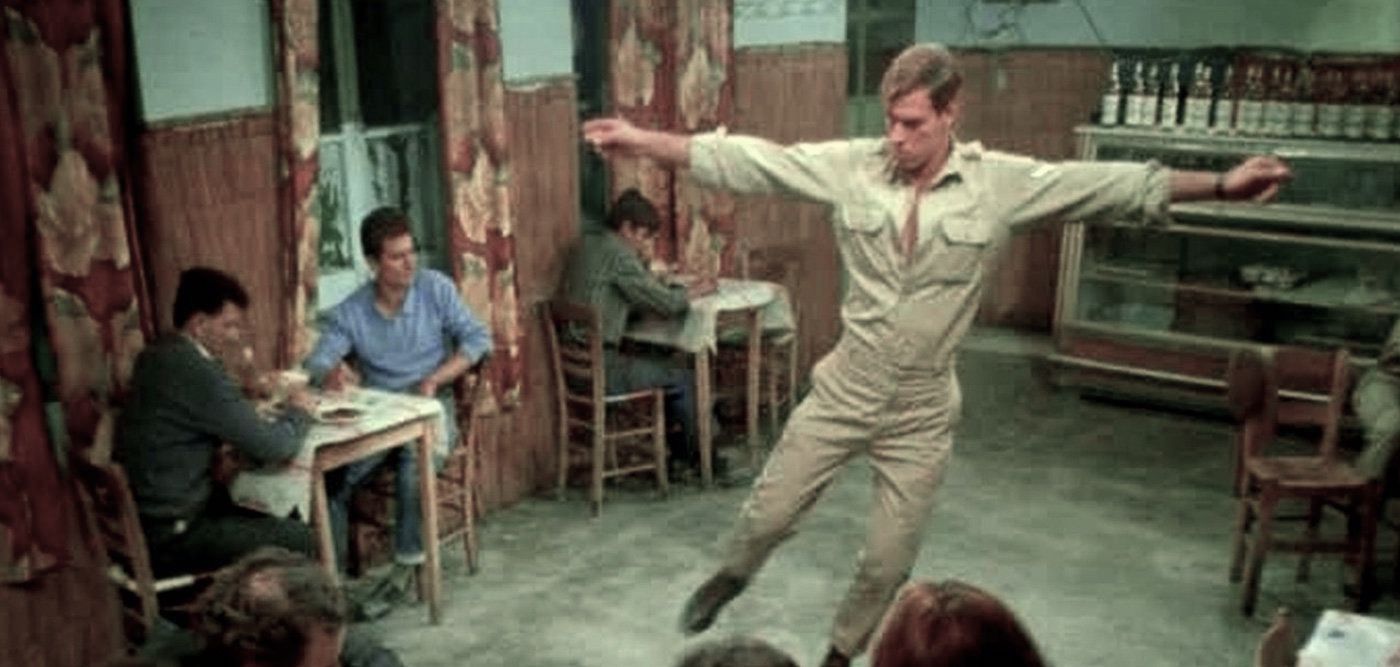
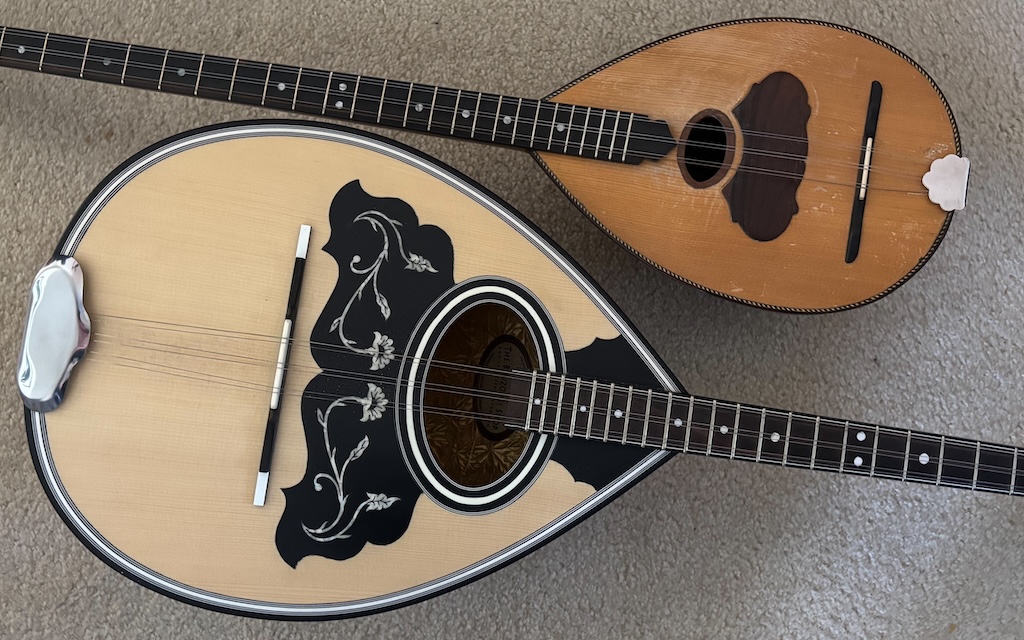
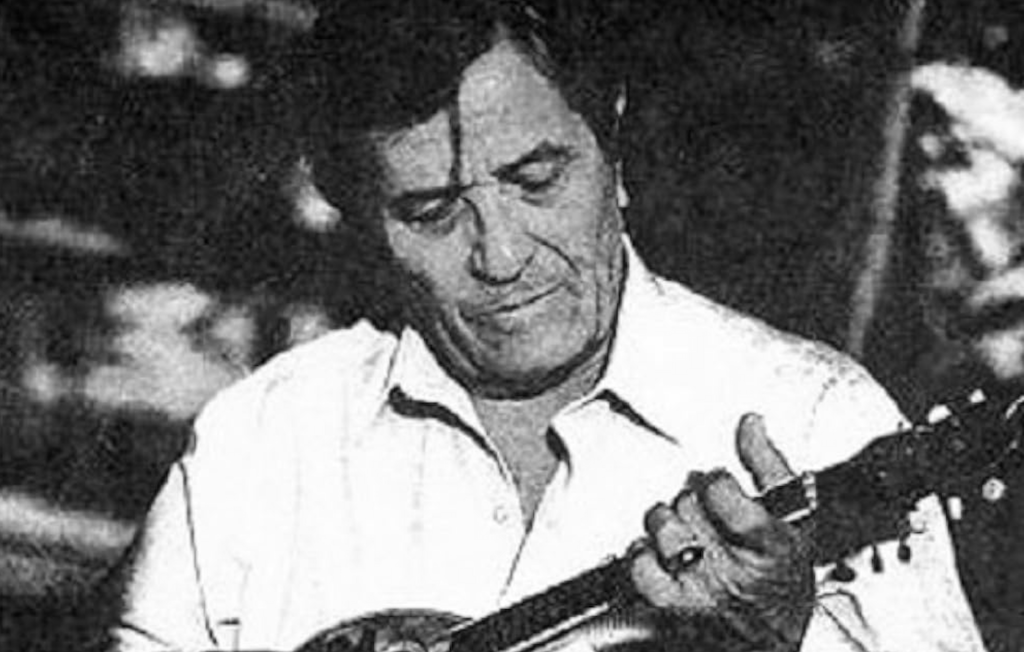
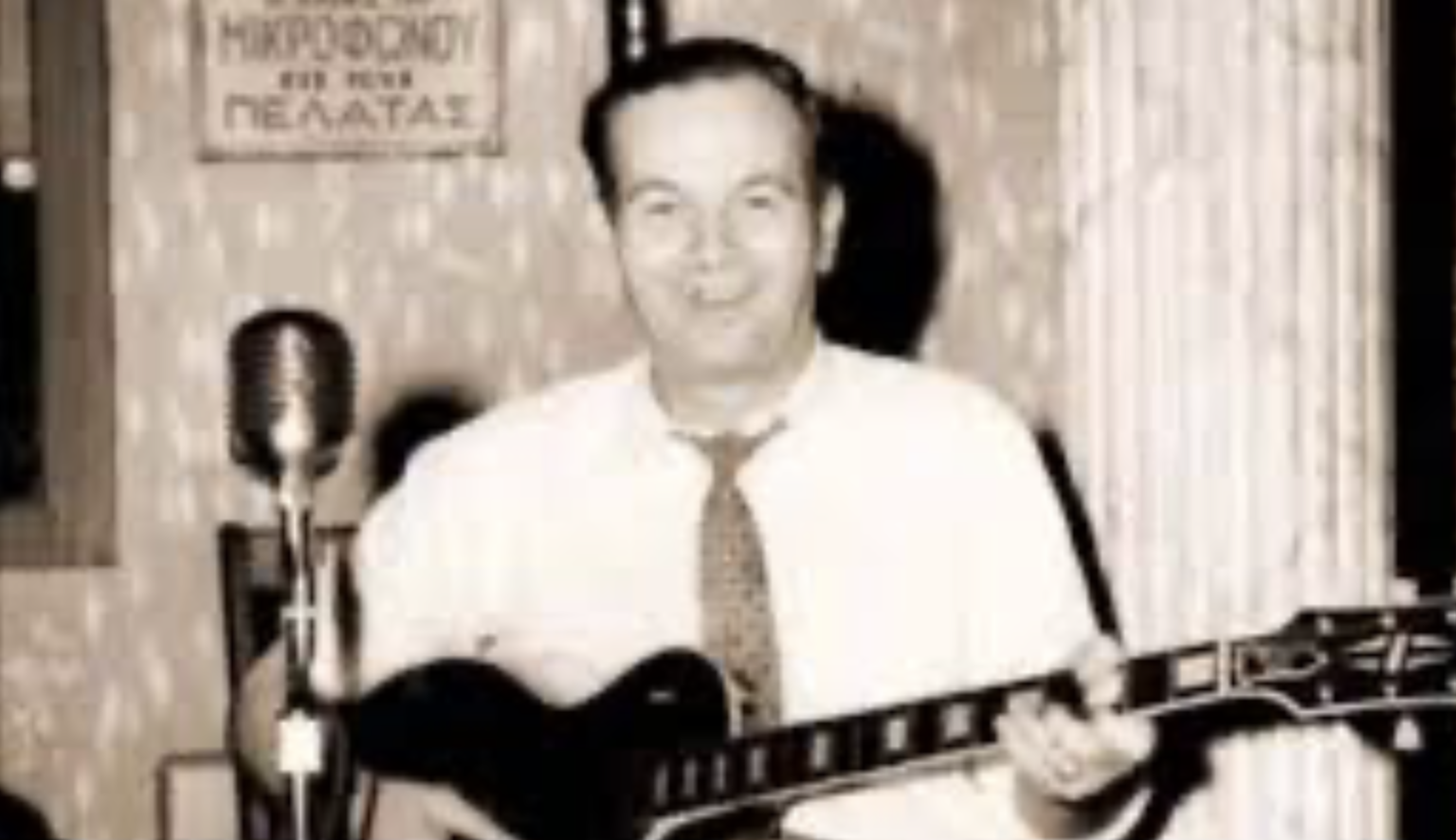
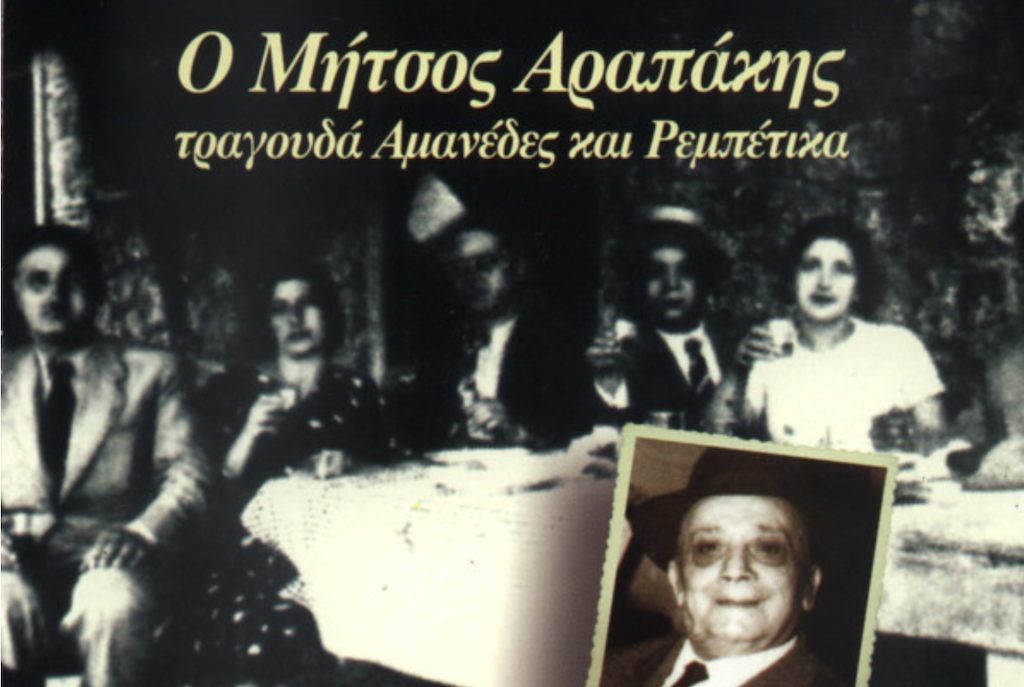
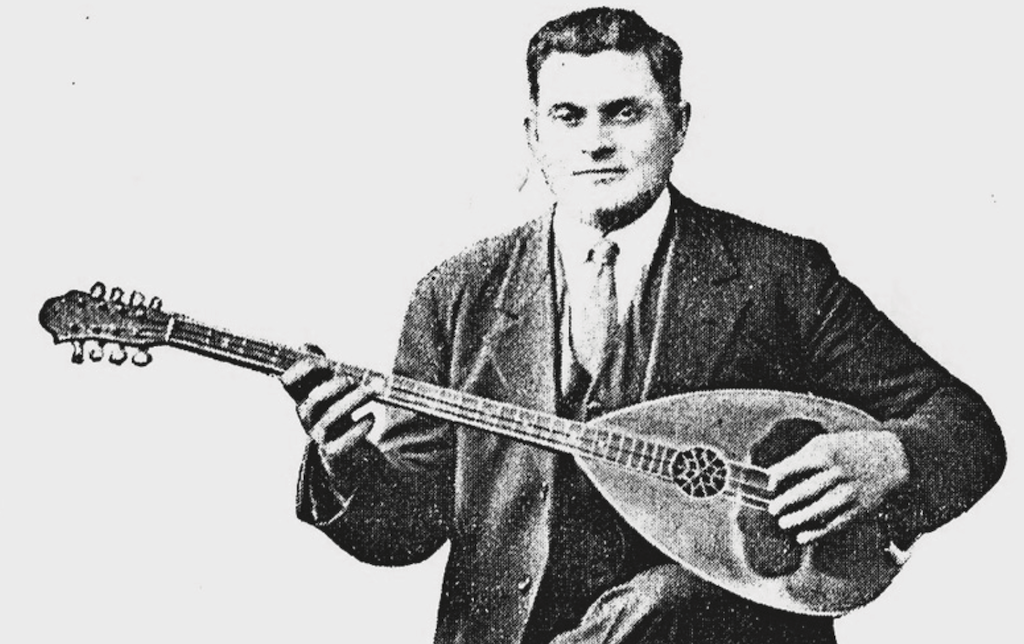
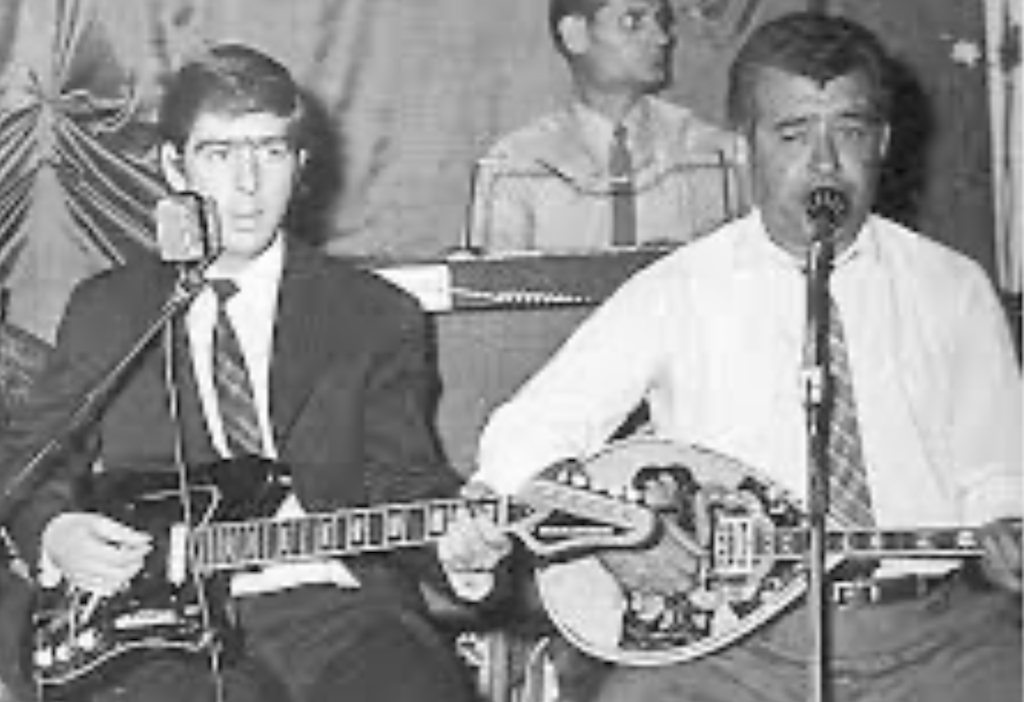
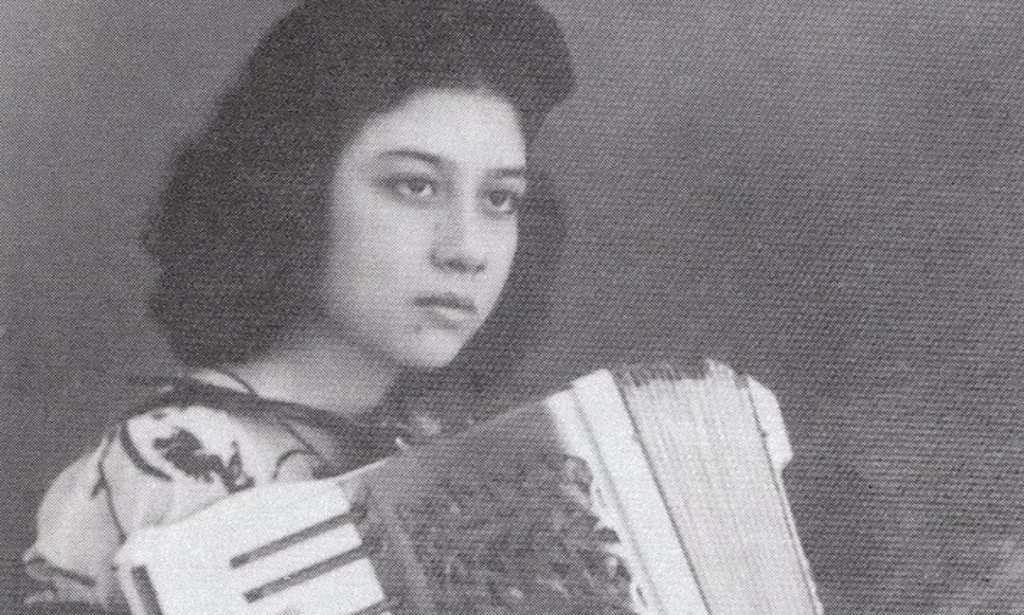
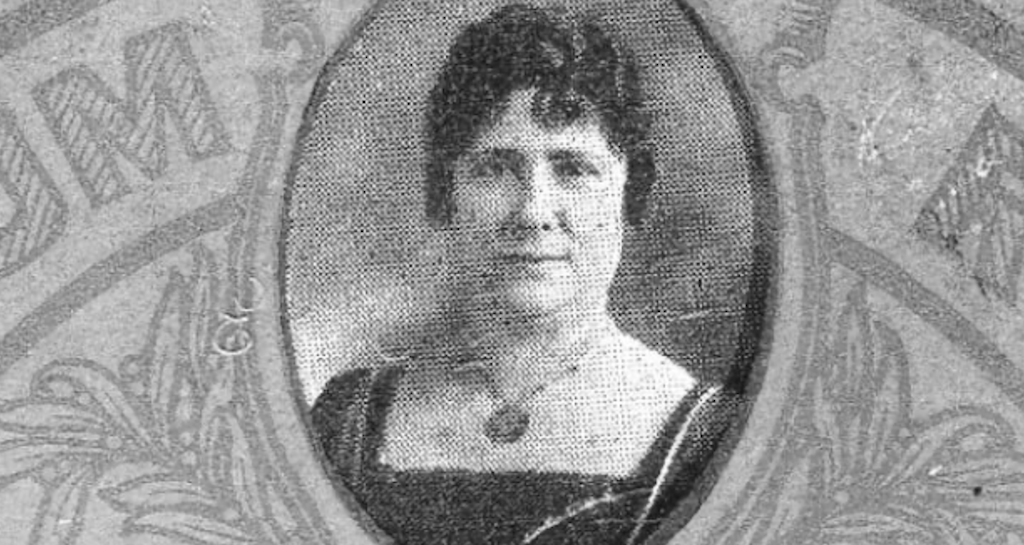
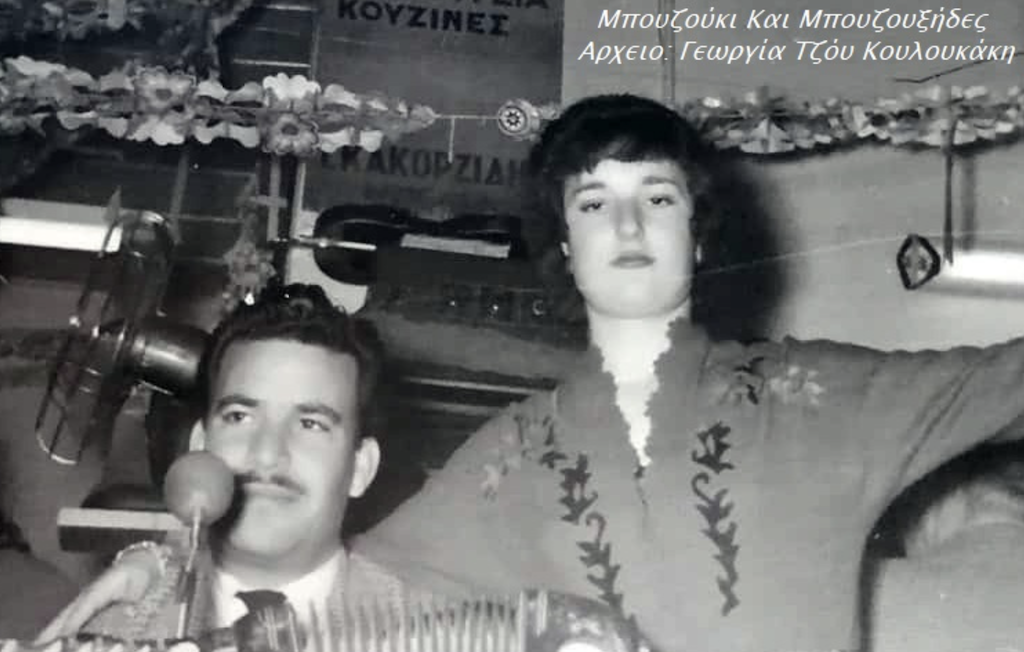
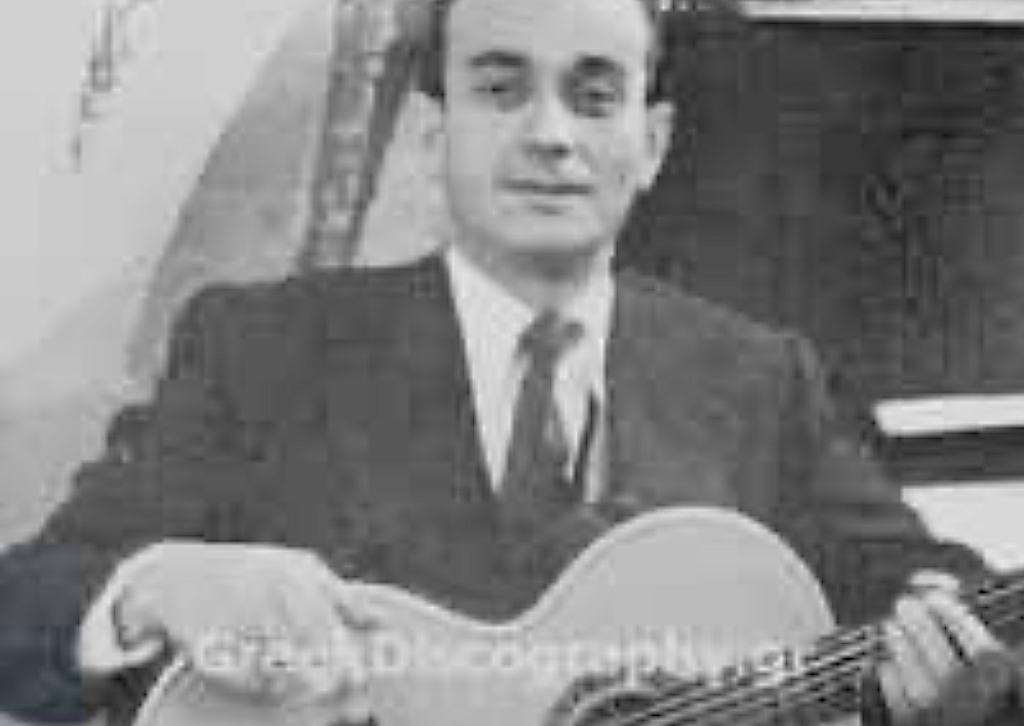
Leave a Reply